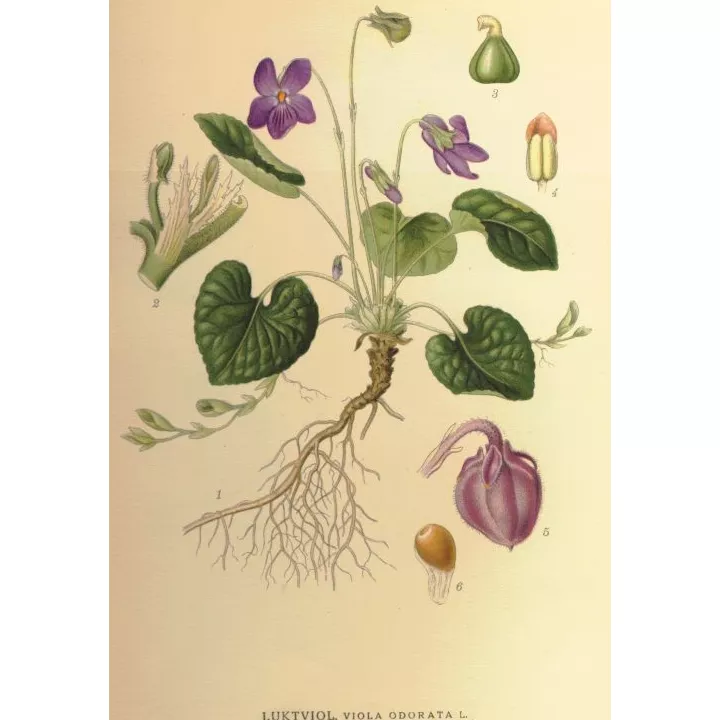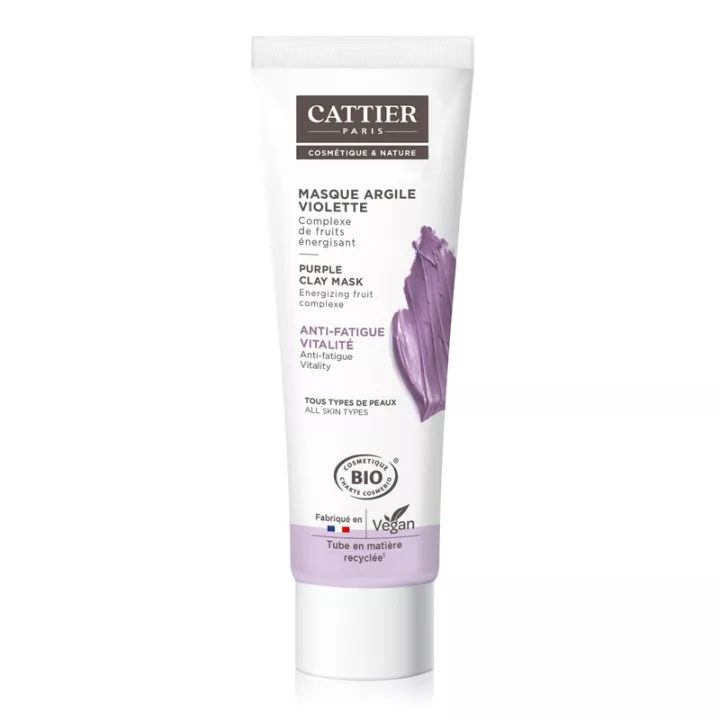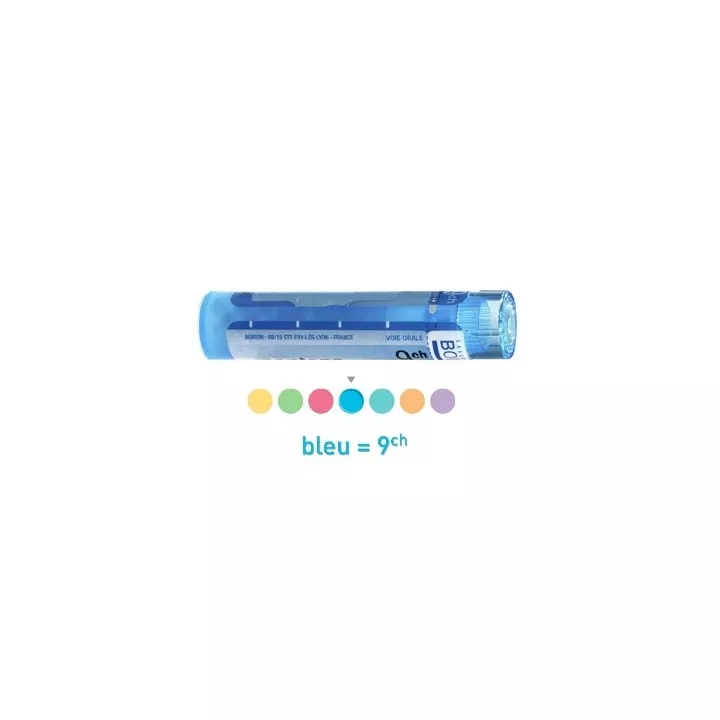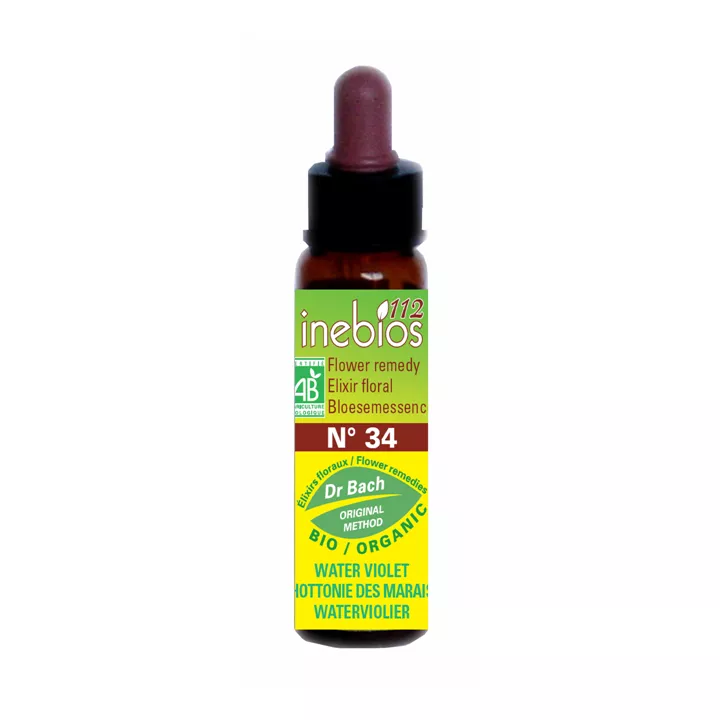What is Violette Fleur Iphym Herboristerie used for?
Looking for a natural remedy to soothe persistent headaches or relieve insomnia? Look no further, for Violet flowers offer an array of therapeutic benefits. Traditionally used for their medicinal virtues, these flowers are invaluable for a variety of ailments, from skin problems to dry coughs.
Violet flowers have long been recognized for their healing properties, thanks to active components such as mucilage and anthocyanin pigments. These compounds give Violet flowers a variety of therapeutic benefits, making them a versatile natural remedy for treating a range of health conditions.
Herbal teas made from Violet flowers are not only effective for soothing headaches and promoting restful sleep, they are also beneficial for the skin, thanks to their emollient properties. Infusing the flowers in hot water produces a soothing drink that can be used as a skin tonic or as an aid to peaceful sleep.
In addition to their skin and sleep benefits, Violet flowers have antitussive, anti-inflammatory and mildly laxative properties. Their antitussive action helps relieve coughs, while their anti-inflammatory properties help reduce inflammation and relieve pain associated with various ailments.
Violet flowers also have anti-HIV and insecticidal properties, making them a valuable ally in the fight against certain ailments and for protection against harmful insects. Their antiviral and insecticidal action offers natural protection against disease and insect bites, boosting the immune system and ensuring better overall health.
Over the centuries, Violet flowers have been incorporated into various pharmacopoeia remedies, testifying to their efficacy and therapeutic versatility. Whether to relieve conjunctivitis, soothe a dry cough or improve skin quality, these flowers offer a natural and beneficial solution for a variety of health problems.
We also offerAbsinthe Sommité Coupée from the Iphym laboratory, at the best price in our online pharmacy.
How to use this plant
Violet flowers can be easily incorporated into your daily routine by means of simple infusions. To effectively extract the plant's active ingredients, follow these simple steps:
- Pour 500 ml of boiling water over 1 teaspoon of Violet flowers.
- Leave to infuse for 3 to 5 minutes for fresh flowers, or 5 to 15 minutes for dried flowers.
- Strain and enjoy your herbal tea hot, with or without the addition of honey or natural syrup.
Prepare your herbal teas and infusions with low mineral content water to optimize the benefits of the plants. They should preferably be drunk on an empty stomach, and in small sips throughout the day.
Give your opinion on the advice for use and dosage of Violette Fleur Iphym Herboristerie with our partner Verified opinions after your purchase.
What does it contain?
- Latin name: Viola odorata L.
- Family: Violaceae
- Common names : Fragrant violet
- Parts used: Flower
- Origin: Europe, Asia, North Africa
The Viola genus includes herbaceous perennials in the Violaceae family, among which Scented Violet stands out for its remarkably fragrant Violet flower. This plant, characterized by its rosette-shaped leaves and solitary flowers, is invaluable for its active ingredients, notably mucilages and anthocyanin pigments.
The active ingredients in Violet flowers include mucilages and anthocyanin pigments, as well as a small amount of essential oil containing methyl salicylate. These components give Violet its medicinal properties and make it a versatile natural remedy.
Packaging: 100 g, 250 g or 1 kg.







